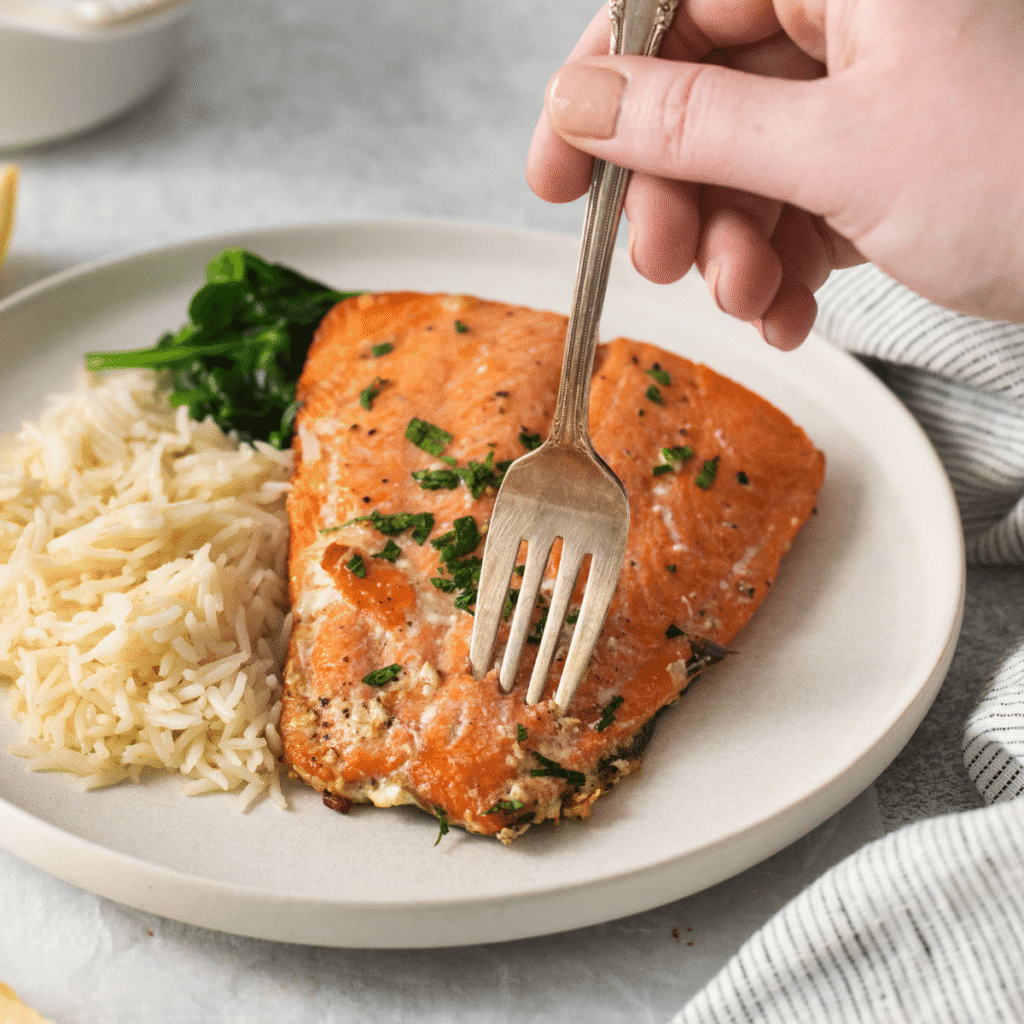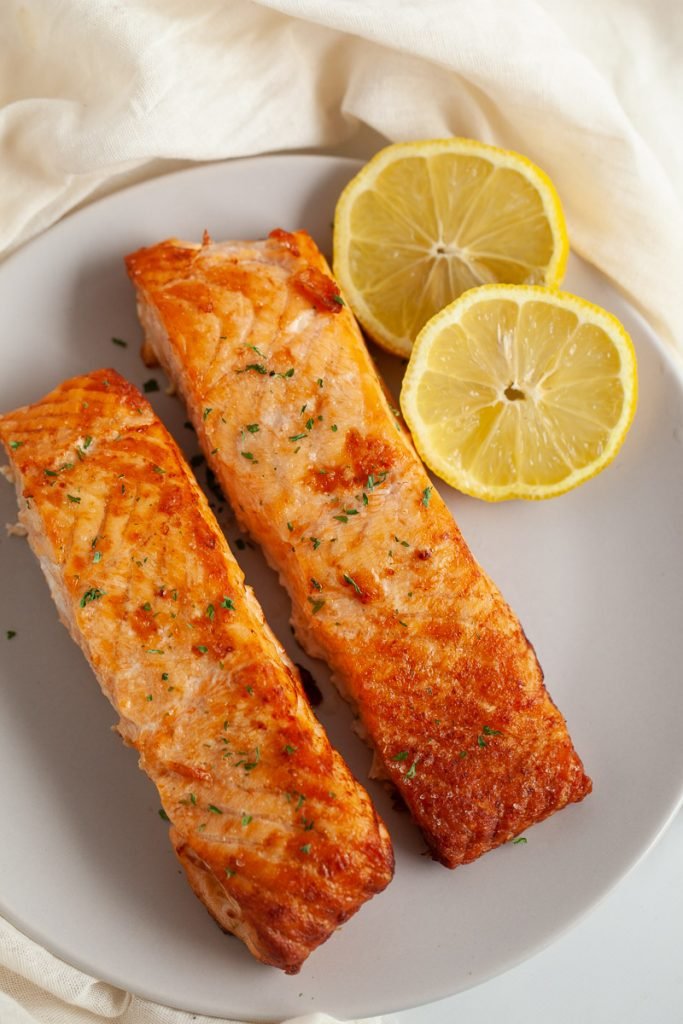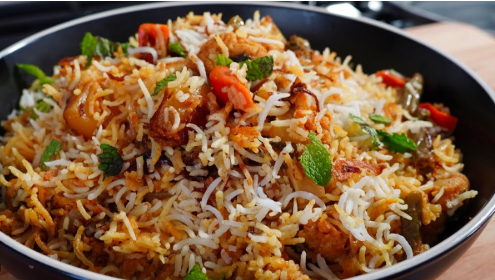Introduction
When it comes to quick and nutritious meals, few options match the convenience and health benefits of salmon. But many people wonder how to cook frozen salmon properly without compromising taste or texture. Cooking salmon straight from frozen is not only possible—it’s incredibly efficient when done correctly. This guide breaks down every method and detail you need to master frozen salmon cooking like a pro.
Why Choose Frozen Salmon?
Before diving into methods, it’s important to understand the benefits of frozen salmon:
- Extended Shelf Life: Keeps up to 6 months in the freezer.
- Convenience: No need for defrosting.
- Nutrient-Rich: Maintains omega-3s and protein content.
- Reduced Waste: Cook only what you need.

Can You Cook Frozen Salmon Without Thawing?
Yes, you can. One of the biggest advantages of learning how to cook frozen salmon is skipping the thawing step. Whether baked, grilled, or pan-seared, cooking salmon from frozen is safe and effective when temperature and timing are correctly managed.
Read also :- Chicken Wings Baked in the Oven Crispy: 9 Powerful Tips for Perfect Crunch Every Time
Best Methods to Cook Frozen Salmon
1. Baking Frozen Salmon
Step-by-Step Guide:
- Preheat oven to 425°F (218°C).
- Rinse frozen salmon under cold water to remove ice crystals.
- Pat dry and place in a foil-lined baking dish.
- Add olive oil, lemon slices, garlic, and seasonings.
- Cover loosely with foil for moist cooking.
- Bake for 15 minutes covered, then 10 minutes uncovered.
- Internal temperature should reach 145°F (63°C).
Advantages:
- Even heat distribution.
- Great for large portions.
- Ideal for herb or citrus infusions.

2. Air Fryer Frozen Salmon
- Set air fryer to 390°F (199°C).
- Lightly brush fillets with oil and seasoning.
- Cook for 12–15 minutes.
- Flip at halfway mark.
Benefits:
- Crisp exterior.
- No preheating needed.
- Low oil usage.
3. Pan-Seared Frozen Salmon
Steps:
- Heat pan with oil over medium-high heat.
- Rinse and pat the frozen salmon dry.
- Sear skin-side down for 6 minutes.
- Flip and cover for another 6–8 minutes on low.
Tip: Use a lid to help steam cook the center evenly.
4. Grilled Frozen Salmon (With Foil Packets)
- Preheat grill to 400°F (204°C).
- Wrap salmon in foil with lemon, herbs, and a drizzle of oil.
- Grill for 14–18 minutes, flipping once.
Great for outdoor meals and retains juices well.
5. Poaching Frozen Salmon
- Simmer water or broth with aromatics.
- Add salmon directly to the hot liquid.
- Cover and poach for 12–15 minutes.
Result: Soft, flaky texture and moisture-retention.

Seasoning and Sauces for Frozen Salmon
Even when cooked from frozen, salmon absorbs flavor beautifully.
Popular Flavor Profiles:
- Garlic Lemon Butter
- Teriyaki Glaze
- Dill and Mustard
- Chimichurri or Pesto
FAQs: How to Cook Frozen Salmon
Q1: Is it safe to cook frozen salmon directly?
A: Absolutely. Just ensure it reaches an internal temperature of 145°F.
Q2: How to cook frozen salmon so it doesn’t dry out?
A: Use foil wraps, cover while baking, or use poaching and steaming methods.
Q3: Can I marinate frozen salmon?
A: For best results, thaw before marinating, or apply a glaze while cooking.
Tips for Perfect Frozen Salmon
- Always rinse to remove ice glaze before cooking.
- Do not overcook: check with a meat thermometer.
- Use high heat at the start for crisp skin.
- Avoid overcrowding the pan or oven tray.
Conclusion
Learning how to cook frozen salmon opens the door to fast, healthy meals at home. Whether you prefer air-frying, grilling, or poaching, salmon is highly adaptable. With minimal prep and the right techniques, frozen salmon can taste just as delicious as fresh.

